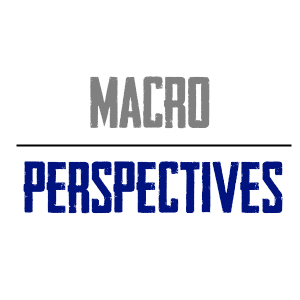With the recent market and global economic turmoil the Fed has signalled some hesitancy to raise rates this year. Fed Funds Futures were pricing in a 30% chance of a rate hike this year as of one month ago, but after a 10% stock rally and another good jobs report for February the odds of a rate hike in 2016 have jumped to over 70%. So, where do we stand?
I have been vocally against rate hikes for the last few quarters. My thinking is as follows:
The risk with rate hikes is creating an extreme divergence in global policy approaches where the US Central Bank, the world’s most important central bank, is tightening policy into a global slowdown. The worry is that this exacerbates problems in foreign markets by increasing capital outflows, puts further upward pressure on the dollar, dings commodities, exacerbates foreign denominated dollar debt problems, etc. In the end, a sharp tightening could come back to pull the US into the global recession hole.
The recent bounce in global stock markets and commodities could be a sign of better times ahead. But I use the word “could” with caution. That’s because this could also be a head fake inside of a more prolonged downturn, which, thanks to the opaqueness of the Chinese economy, is a huge unknown.
Given that inflation remains very low and wages remain depressed in the USA, the Fed has a healthy margin for error here. More importantly, as I’ve noted recently, they’ve gotten their downturn in stocks and some other assets which should alleviate some concerns over signs of irrational exuberance. As cliché as the saying is, this downturn in stocks has been very healthy given the relentless 6 year bull market.
I still think the US economy looks relatively strong here and I am not concerned about a recession this year, but the Fed has to remain mindful of how their policies impact the global economy. We’re in a new global economy and there’s no knowing whether an extreme divergence in Fed policy would result in recession here. In my opinion, it’s worth avoiding the risk by continuing to sit tight until we see confirmed signs of global economic strength and/or US inflation.
Mr. Roche is the Founder and Chief Investment Officer of Discipline Funds.Discipline Funds is a low fee financial advisory firm with a focus on helping people be more disciplined with their finances.
He is also the author of Pragmatic Capitalism: What Every Investor Needs to Understand About Money and Finance, Understanding the Modern Monetary System and Understanding Modern Portfolio Construction.

